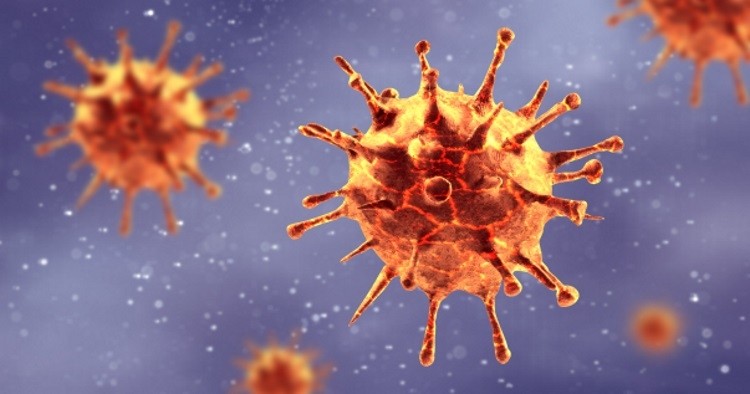
Several studies link low vitamin D blood levels with an increased risk of fractures in older adults, and they suggest that vitamin D supplementation may prevent such fractures-as long as it is taken in a high enough dose. Learn more about the research on vitamin D and specific health conditions and diseases: This may be due to different study designs, differences in the absorption rates of vitamin D in different populations, and different dosages given to participants. Although observational studies see a strong connection with lower rates of certain diseases in populations that live in sunnier climates or have higher serum levels of vitamin D, clinical trials that give people vitamin D supplements to affect a particular disease are still inconclusive. The role of vitamin D in disease prevention is a popular area of research, but clear answers about the benefit of taking amounts beyond the RDA are not conclusive. Since that time, new evidence has supported other benefits of consuming an adequate amount of vitamin D, although there is still not consensus on the amount considered to be adequate. Although some groups such as The Endocrine Society recommend 1,500 to 2,000 IU daily to reach adequate serum levels of vitamin D, the IOM felt there was not enough evidence to establish a cause and effect link with vitamin D and health benefits other than for bone health. The report also increased the upper limit from 2,000 to 4,000 IU per day. The Institute of Medicine (IOM) released in November 2010 recommendations increasing the daily vitamin D intake for children and adults in the U.S. There is scientific debate about how much vitamin D people need each day and what the optimal serum levels should be to prevent disease.

In industrialized countries, doctors are seeing the resurgence of rickets, the bone-weakening disease that had been largely eradicated through vitamin D fortification. Worldwide, an estimated 1 billion people have inadequate levels of vitamin D in their blood, and deficiencies can be found in all ethnicities and age groups. NHANES data found that the median intake of vitamin D from food and supplements in women ages 51 to 71 years was 308 IU daily, but only 140 IU from food alone (including fortified products). Many people may not be meeting the minimum requirement for the vitamin. The UL for vitamin D for adults and children ages 9+ is 4,000 IU. UL: The Tolerable Upper Intake Level is the maximum daily intake unlikely to cause harmful effects on health.

RDA: The Recommended Dietary Allowance for adults 19 years and older is 600 IU daily for men and women, and for adults >70 years it is 800 IU daily. The Recommended Dietary Allowance for vitamin D provides the daily amount needed to maintain healthy bones and normal calcium metabolism in healthy people.
#Big rich town producer vitamin d skin
Also, people with darker skin tend to have lower blood levels of vitamin D because the pigment (melanin) acts like a shade, reducing production of vitamin D (and also reducing damaging effects of sunlight on skin, including skin cancer).

Vitamin D production in the skin is the primary natural source of vitamin D, but many people have insufficient levels because they live in places where sunlight is limited in winter, or because they have limited sun exposure due to being inside much of the time. Both are also naturally occurring forms that are produced in the presence of the sun’s ultraviolet-B (UVB) rays, hence its nickname, “the sunshine vitamin,” but D2 is produced in plants and fungi and D3 in animals, including humans. Vitamin D supplements are available in two forms: vitamin D2 (“ergocalciferol” or pre-vitamin D) and vitamin D3 (“cholecalciferol”). For most people, the best way to get enough vitamin D is taking a supplement because it is hard to eat enough through food. Many of the body’s organs and tissues have receptors for vitamin D, which suggest important roles beyond bone health, and scientists are actively investigating other possible functions.įew foods naturally contain vitamin D, though some foods are fortified with the vitamin. Also, laboratory studies show that vitamin D can reduce cancer cell growth, help control infections and reduce inflammation. It is a fat-soluble vitamin that has long been known to help the body absorb and retain calcium and phosphorus both are critical for building bone. Vitamin D is both a nutrient we eat and a hormone our bodies make.


 0 kommentar(er)
0 kommentar(er)
